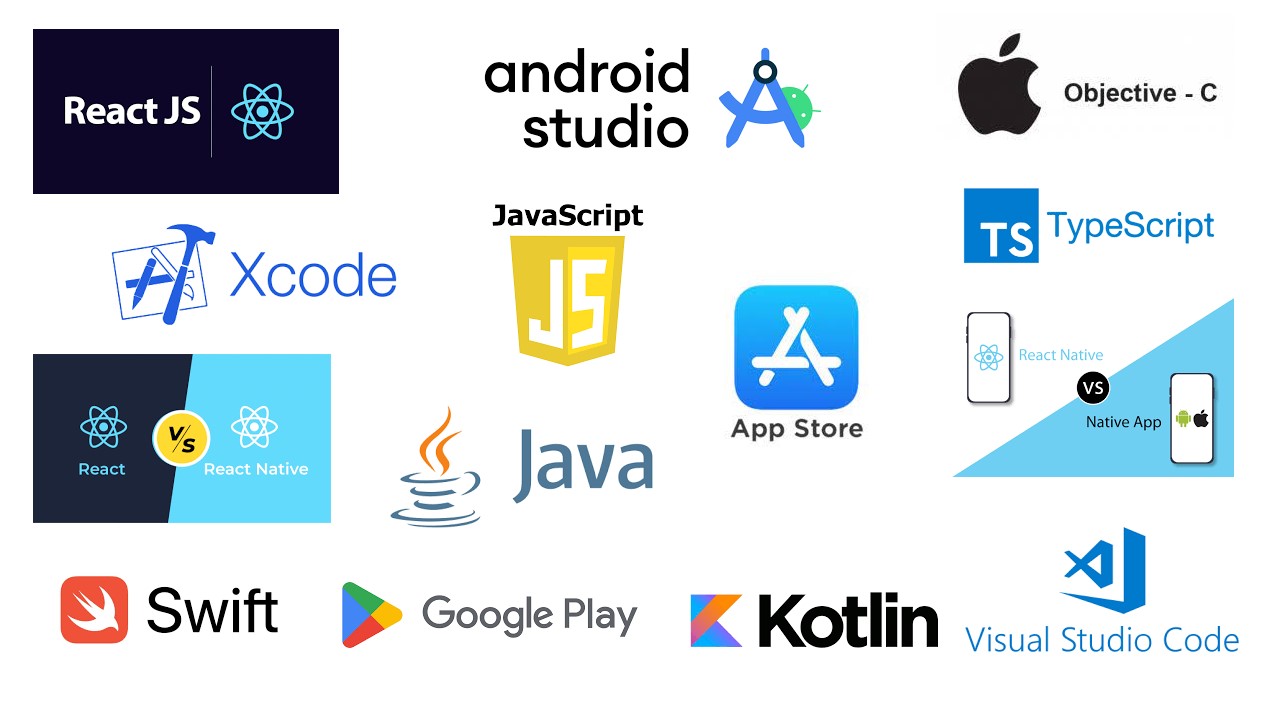Comparing React.js, React Native, and Native Mobile App Development
 Piyush Nanwani
Piyush Nanwani
1. Programming Language:
React.js: Primarily uses JavaScript (or TypeScript). It's a language many web developers are familiar with, making it accessible for those coming from a web development background.
React Native: Also uses JavaScript (or TypeScript). This allows web developers to transition into mobile app development with more ease.
Native Mobile App Development:
iOS: Uses Swift or Objective-C. Swift is modern and relatively easier to learn for beginners.
Android: Uses Java or Kotlin. Kotlin is becoming more popular due to its modern features and compatibility with Java.
2. Compilation:
React.js: Transpiles JavaScript code using tools like Babel to make it compatible with older browsers. The code runs on the browser, not directly on the hardware.
React Native: Uses a JavaScript bridge to interpret JavaScript code and render native components. It's a mix of native and interpreted code.
Native Mobile App Development:
- iOS/Android: Compiles directly into machine code. This results in better performance as the app is built specifically for the hardware it's running on.
3. Build Process:
React.js: Bundled using tools like Webpack or Parcel, creating a package of static assets that can be served over the web.
React Native: Bundled using Metro. It compiles the JavaScript code and packages it along with the compiled native code.
Native Mobile App Development:
iOS: Built using Xcode, which compiles the source code, resources, and frameworks into an executable IPA file.
Android: Built using Android Studio or Gradle, producing an APK or AAB file.
4. Environment Setup:
React.js: Typically involves setting up Node.js, a package manager like npm or Yarn, and possibly a bundler like Webpack.
React Native: Requires Node.js, Watchman, a JDK, and Android Studio/Xcode for Android/iOS development respectively. It's more complex due to the need to handle native code.
Native Mobile App Development:
iOS: Requires a Mac with Xcode installed.
Android: Requires Android Studio. Can be set up on Windows, Mac, or Linux.
5. UI Components and Structure:
React.js: Uses HTML elements like
<div>,<span>, etc. It's what you would typically use when creating a website.React Native: Uses components like
<View>,<Text>, which are abstractions over native components. These get translated into native UI components on the platform.Native Mobile App Development:
iOS: Uses UIKit components like UIView, UILabel, etc.
Android: Uses View classes like TextView, ImageView, etc.
6. Similarities and Differences:
Similarities:
- React.js and React Native: Share a similar design and syntax. If you know one, transitioning to the other is easier. They both encourage a component-based architecture.
Differences:
Performance: Native apps generally offer the best performance and responsiveness.
Development Speed and Cost: React Native and React.js can be faster and less expensive to develop due to code reusability and a single codebase for multiple platforms.
Capability: Native development allows full access to device capabilities and APIs. React Native has limitations, and while it can access many native features, it sometimes requires native modules.
Community and Libraries: React.js and React Native have large communities and many libraries available. Native development also has robust communities but might require more in-depth knowledge of the platform.
Summary for Beginners:
React.js: Choose this if you're interested in web development and want to build dynamic, high-performance web apps.
React Native: Opt for this if you want to build cross-platform mobile apps with a single codebase and are okay with some performance and customization trade-offs.
Native Mobile App Development: Go for this if you need to squeeze every bit of performance out of the hardware, need full access to device capabilities, or have a user base heavily skewed toward one type of device.
Subscribe to my newsletter
Read articles from Piyush Nanwani directly inside your inbox. Subscribe to the newsletter, and don't miss out.
Written by

Piyush Nanwani
Piyush Nanwani
Experienced full-stack developer with a passion for tackling complex challenges. Dedicated to helping you become a top 1% mobile app developer. Passionate about mentoring, teaching, and continuous learning in new technologies.